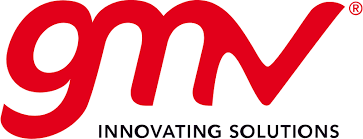PAGE CONTENTS
Objectives
The main objectives of this project are:
- Provide CA services to UK and global operators with mega constellations in LEO.
- Deploy a new conjunction assessment service based in the UK, initially based on the current commercial solution Focusoc, which will extend the services for better performance in the LEO market. This new site will provide services to UK and non-EU operators and will support the current server if needed.
- Add new data sources to the service, used to estimate the close encounters and the risk of collision.
- Redesign the service architecture, to be able to support higher data volumes and scalability. The system will be horizontally scaled and divided into nodes, based on dynamic containers, and balancing the loading for an optimized performance.
- Enhance the service web platform, aiming for a better user experience and the provision of the relevant global data for big constellations.
Challenges
The main challenges facing the project are:
- Process a substantial and increasing volume of data daily (approximately 7GB currently).
- Integrate information from various data providers.
- Extract pertinent information.
- Minimise false positives and accurately identify genuinely hazardous scenarios.
- Offer relevant collision avoidance manoeuvre recommendations for these scenarios.
System Architecture
The system will have:
- Architecture based on a cluster of machines utilizing Kubernetes and Docker, enabling easy relaunch and workload adaptation across different nodes.
- Redundant site to ensure continuous operations, with shared workload in nominal status, but each site capable of managing the entire service independently.
Plan
The project lasts 15 months with two major milestones:
- Mid term review: the objective is to assess the new architecture with the current Focusoc service features.
- Final Review: the objective is to assess the new features introduced by this project, such as data merging for different providers and enhancement of web platform.
Current Status
The service is currently being deployed with the new architecture, migrating the existing commercial solution to a development environment composed of a six-node cluster.
Companies

GMV
United Kingdom
